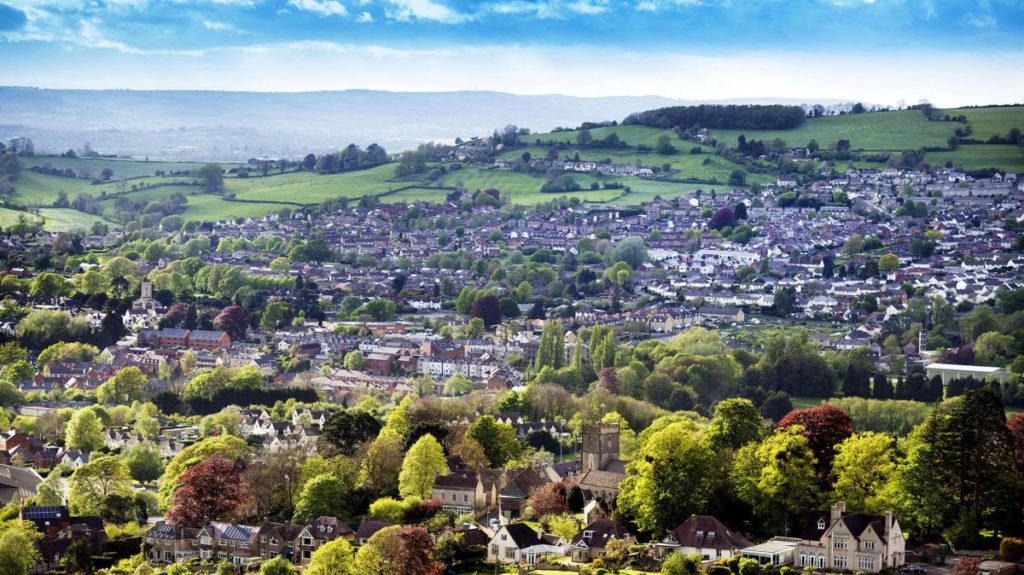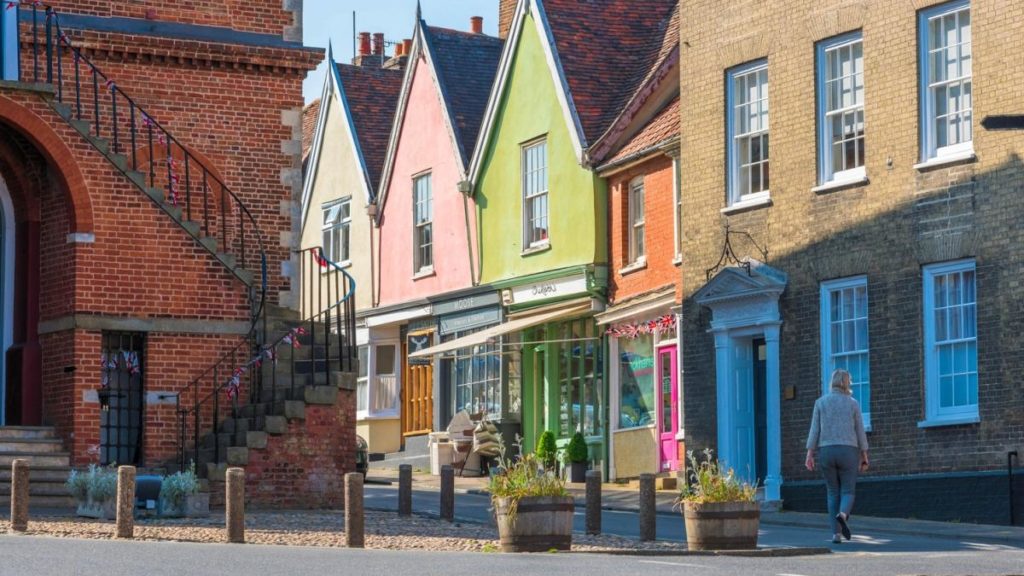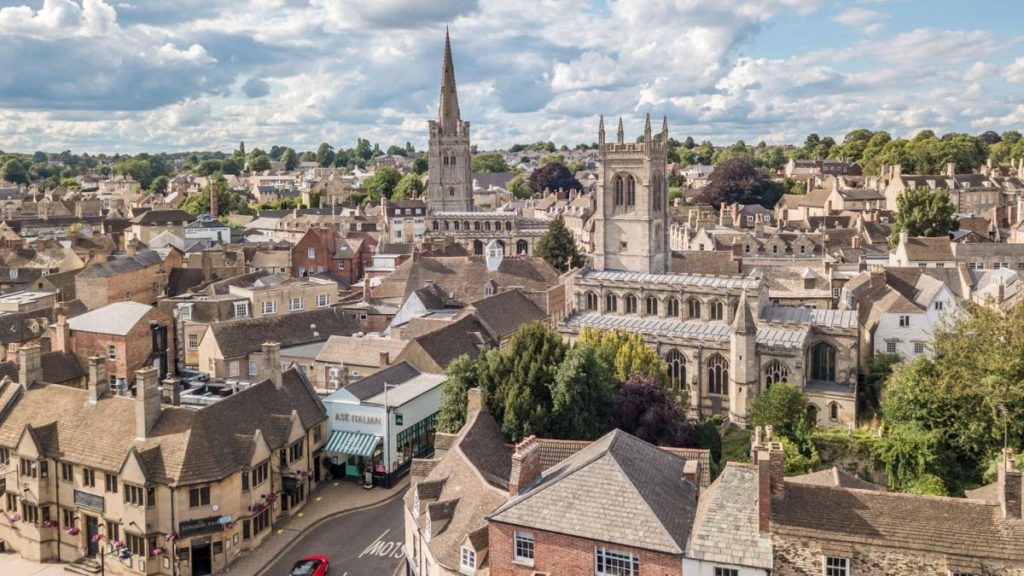
Stroud
Saturday morning in Stroud is always a spectacle, and last weekend was no exception. Families queued at stalls selling doughnuts, the smell of Thai food filled the air and a lone woman strode past carrying a large piece of cardboard bearing the words “stop racism”. In every direction beautiful wooded hills appeared through gaps between buildings, while on the restored canal, a dog in a life jacket floated past on a paddleboard.
“There are all sorts of things going on here, but everyone has the aim of keeping Stroud independent and local,” says Dominic Salter. A Stroudie for 30 years, he is typical of this former industrial town where adaptability, innovation and local pride are the norm. Salter is one of the bosses of the

Woodbridge
Stroll along the River Deben at Woodbridge early in the morning and you’ll hear gulls screeching above, wading birds calling from the mudflats and the gentle lap of the tide. The houseboats are stacked with cheerful flower pots and smoke rises from their chimneys along with the scent of breakfast. Even before the Netflix film The Dig shone a spotlight on this stunning part of Suffolk, Woodbridge residents knew they lived somewhere special.
The town’s historical, brightly coloured buildings, winding lanes and hidden alleys are straight out of a story book, while the velvet seats and tasselled curtains in the Riverside cinema are charmingly old-fashioned. Yet Woodbridge isn’t stuck in its glorious past. The cinema streamed movies online during lockdown, and there is an artsy.

Stamford
Far be it from us to fly the flag for nimbyism, but just look at Stamford and then look at Peterborough. If the 3rd Marquess of Exeter hadn’t put his foot down in the 1840s at plans to route the Great Northern Railway past his stately home at Burghley House and ruin its 2,000 Capability Brown-designed acres, it too could have ended up with the industrial railway, ring roads and DIY superstores. Instead the former wool town of Stamford and its cobbled squares and atmospheric lanes remain architectural eye-candy.
Its 600 or so listed buildings range from priories and almshouses to the phone box by the bridge over the River Welland. Wherever you turn there’s something to admire: five medieval churches, Tudor pubs, the grade